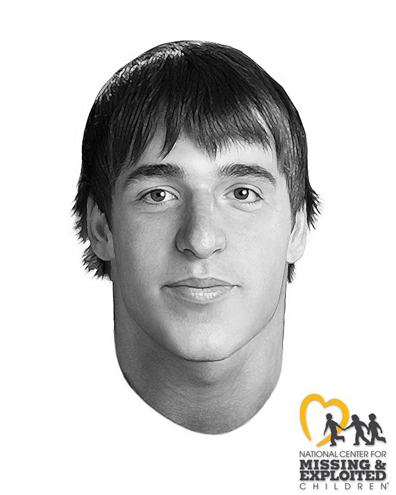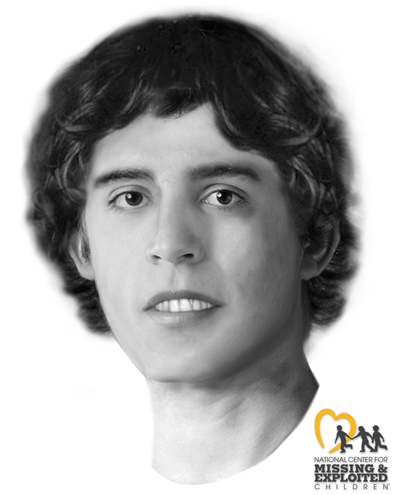CHICAGO -- There are five remaining victims of serial killer John Wayne Gacy who have not been identified. Gacy, who was convicted of killing 33 boys and young men in 1980, hid his victim's bodies in the crawl space of his Chicago area home.
The bodies were recovered in 1978.
On Monday, one of Gacy's unidentified victims was identified using DNA as Francis Wayne Alexander.
Five of the victims remain unidentified.
The National Center for Missing and Exploited Children released sketches of two of the victims in 2018.
The sketches of the two men are in a slide show below, along with additional details about each victim.
On December 26, 1978 skeletal remains of a young male were found in Norwood Park which is located in Cook County, Illinois. The remains were discovered in a crawl space of a residence in Norwood Park that belonged to serial killer John Wayne Gacy.
The remains have been determined to belong to a white male, 17-21 years old, 5’7” – 5’11” tall. His hair color and eye color is unknown. He had sustained an injury to his left clavicle prior to his death that had healed well over time. The male also had been treated by a dentist in life as a few dental fillings were observed. It’s estimated that the male died between 1972-1978. The image shown is a facial reconstruction created by a NCMEC Forensic Artist and depicts what the male may have looked like in life.
On December 27, 1978 skeletal remains of a young male were found in Norwood Park which is located in Cook County, Illinois. The remains were discovered in a crawl space of a residence in Norwood Park that belonged to serial killer John Wayne Gacy.
The remains have been determined to belong to a white male, 18-22 years old, 5’9” – 6’02” tall. He had dark brown wavy hair. One of his upper teeth was displaced behind another tooth. It is possible that this characteristic would have been noticeable to others that knew him well. It’s estimated that the male died between 1972-1978. The image shown is facial reconstruction created by a NCMEC Forensic Artist and depicts what the male may have looked like in life.



